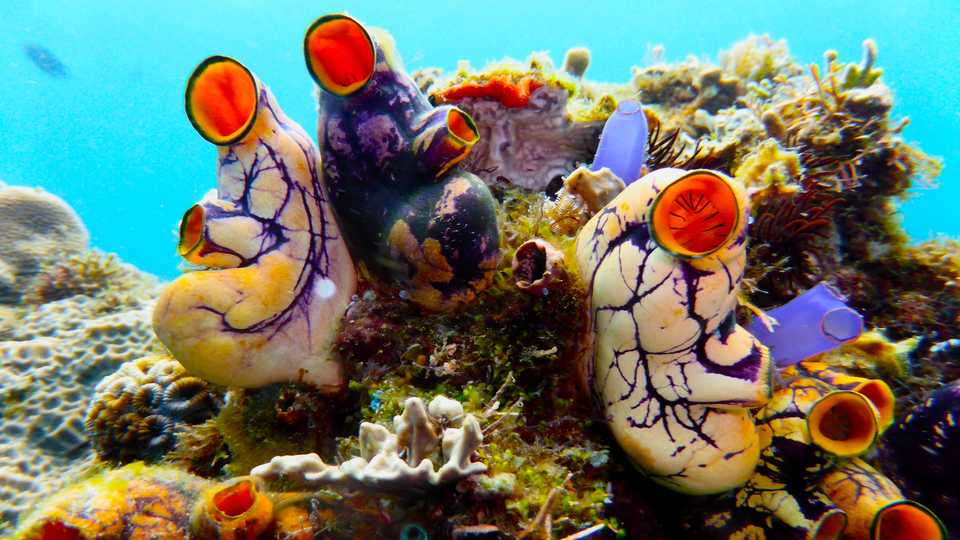Your cart is currently empty!
A team of scientists from the California Academy of Sciences discovered more than 100 new marine species ranging from sea slugs to heart urchins.

Nine Years ago Monday June 8 2015, scientists from the California Academy of Sciences marked World Oceans Day by revealing the discovery of over 100 species believed to be previously unknown to science. These specimens, which include sea slugs and delicate heart urchins, were unearthed off the coast of the Philippines as part of the academy’s ongoing exploration of the Coral Triangle. The expedition, spanning seven weeks and supported by the National Science Foundation, focused its efforts on the Verde Island Passage situated between the Philippine islands of Luzon and Mindoro.
“The Philippines is jam-packed with diverse and threatened species — it’s one of the most astounding regions of biodiversity on Earth, “
Terry Gosliner, the principal investigator and senior curator of invertebrate zoology at the academy, stated in a press release.
“Despite this richness, the region’s biodiversity has been relatively unknown. The species lists and distribution maps that we’ve created during our years surveying the country’s land and sea will help to inform future conservation decisions and ensure that this incredible biodiversity is afforded the best possible chance of survival.”
The academy mentioned that the findings from the expedition will undergo confirmation in the forthcoming months through DNA sequencing and other examination methods. Meanwhile, indulge in a glimpse of some of the academy’s remarkable discoveries:

Gary Williams / California Academy of Sciences
Turnicates, commonly known as sea squirts, spend most of their lives attached to rocks. These multicolored specimens are among the species spotted during an expedition to the Philippines’ Verde Island Passage.

.Gary Williams / California Academy of Sciences
Brilliant blue sea squirts from the genus Rhopalaea hug a coral reef off the coast of the Philippines

Curator Terry Gosliner was taken aback by the live Chelidonura alexisi nudibranch, having previously relied on the analysis of a deceased specimen for species description. The live specimen offered a plethora of new insights, revealing details about the nudibranch’s appearance, egg-laying habits, and intra-species variations.

Scientists say this is a new species of heart urchin, discovered near Puerto Galera in the Philippines.Rich Mooi / California Academy of Sciences


















Comment if you have seen any of them in your dives. I have seen the turnicates so many times it is astounding how one can simply bypass it in search of the sharks I was always focused on when I was younger. The Philippines is so rich with so much life, the amazon of the ocean they say.
I just wanted to stay submerged longer than two minutes. Little did I know there was so much to scuba diving than just diving.
